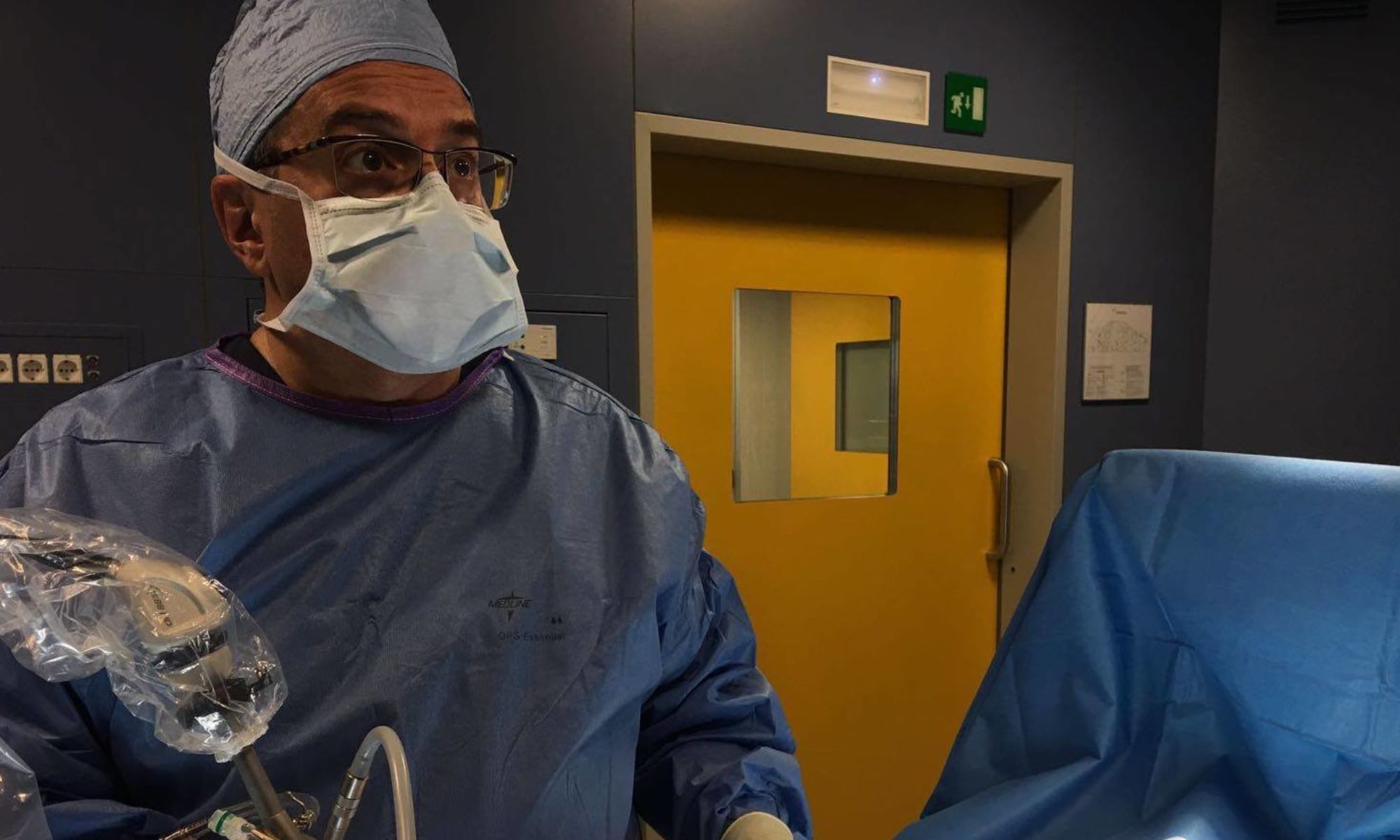[vc_row row_type=”0″ row_id=”” blox_height=”” video_fullscreen=”true” blox_image=”” blox_bg_attachment=”false” blox_cover=”true” blox_repeat=”no-repeat” align_center=”” page_title=”” blox_padding_top=”” blox_padding_bottom=”” blox_dark=”false” blox_class=”” blox_bgcolor=”” parallax_speed=”6″ process_count=”3″ video_url=”” video_type=”video/youtube” video_pattern=”true” row_pattern=”” row_color=”” maxslider_image1=”” maxslider_image2=”” maxslider_image3=”” maxslider_image4=”” maxslider_image5=”” maxslider_parallax=”true” maxslider_pattern=”true”][vc_column width=”1/1″][vc_column_text]DEFINITION
The anorectal manometry is a test instrument that allows to assess the sensory and motor aspects that govern the mechanisms of defecation and continence. The main parameters studied are the strength of the contraction of the internal and external anal sphincters, rectal sensation and the recto-anal inhibitory reflex. It is performed by placing the patient in the left lateral decubitus position and introducing a small catheter (0.5 cm diameter) with a balloon at its peak, in the anus up to 8 cm from the anal verge. The catheter has lateral openings in the tip disposed radially which detect the pressure exerted by the anal sphincters. The principle on which is based the operation of this system is that the pressure exerted by the sphincter on the catheter has an impact on this column of water along the capillaries up to the transducers which detect the pressure and transmit it to the computer which determines the pressure profile of the sphincter Anal at rest and in contraction (asking the patient to contract the anus). The examination consists of two stages: the first stage is that of detection of the force of contraction of sphincter at rest and in contraction. Once introduced, the catheter is progressively extracted for the study of the pressure profile of the anal canal. The retraction maneuver is effected by motor device that ensures a constant speed in the extraction.
The patient is asked to relax for measuring the pressure at rest: the prevailing expression of the internal sphincter muscle tone, throughout the anal canal. Once this phase is passed to the evaluation of the pressures under contraction and for this we invite the patient to tighten the sphincter. The values are prevailing expression of the voluntary contraction given by the external sphincter muscle of the anus and the puborectalis. It is measured the amplitude of the peak pressure at each level of the anal canal. The second stage involves the study dellla rectal sensitivity through the use of the balloon which is then inflated to various fills for the detection of the rectal sensitivity threshold, the recto-anal inhibitory reflex and rectal compliance. The patient is asked to report the time you start to hear the evacuation stimulus. It is noted at this time the presence of the recto-anal inhibitory reflex, finally evaluates the maximum tolerability threshold defined as the maximum tolerable volume (typically between 100 and 240 ml).
The anorectal manometry is indicated in the study of constipation, anal pain, fecal incontinence and is a key consideration in the determination of sphincter function before and after interventions Proctological and rehabilitation Pelviperineal cycles.
PREPARING ANORECTAL MANOMETRY
Simply run two microenemas three hours before the examination in order to completely empty the rectal ampulla.[/vc_column_text][ultimate_carousel slider_type=”horizontal” slide_to_scroll=”all” slides_on_desk=”6″ slides_on_tabs=”3″ slides_on_mob=”2″ infinite_loop=”off” speed=”300″ autoplay=”off” autoplay_speed=”5000″ arrows=”show” arrow_style=”default” border_size=”2″ arrow_color=”#333333″ arrow_size=”24″ next_icon=”ultsl-arrow-right4″ prev_icon=”ultsl-arrow-left4″ dots=”off” dots_color=”#333333″ dots_icon=”ultsl-record” draggable=”on” touch_move=”on” item_space=”15″][vc_single_image image=”64″ alignment=”center” border_color=”grey” img_link_large=”” img_link_target=”_self”][vc_single_image image=”107″ alignment=”center” border_color=”grey” img_link_large=”” img_link_target=”_self”][/ultimate_carousel][vc_row_inner][vc_column_inner el_class=”” width=”1/3″][ultimate_modal icon_type=”none” modal_title=”Get informed consent” modal_contain=”ult-html” modal_on=”button” onload_delay=”2″ btn_size=”lg” btn_bg_color=”#140a75″ btn_txt_color=”#ffffff” modal_on_align=”center” txt_color=”#f60f60″ modal_size=”medium” modal_style=”overlay-cornerbottomleft” overlay_bg_color=”#333333″ header_text_color=”#333333″ modal_border_width=”2″ modal_border_color=”#333333″ modal_border_radius=”0″ btn_text=”Get informed consent”]
Informed consent diagnostic tests anorectal
[/ultimate_modal][/vc_column_inner][vc_column_inner el_class=”” width=”1/3″]
[/vc_column_inner][vc_column_inner el_class=”” width=”1/3″]
[/vc_column_inner][/vc_row_inner][/vc_column][/vc_row]
